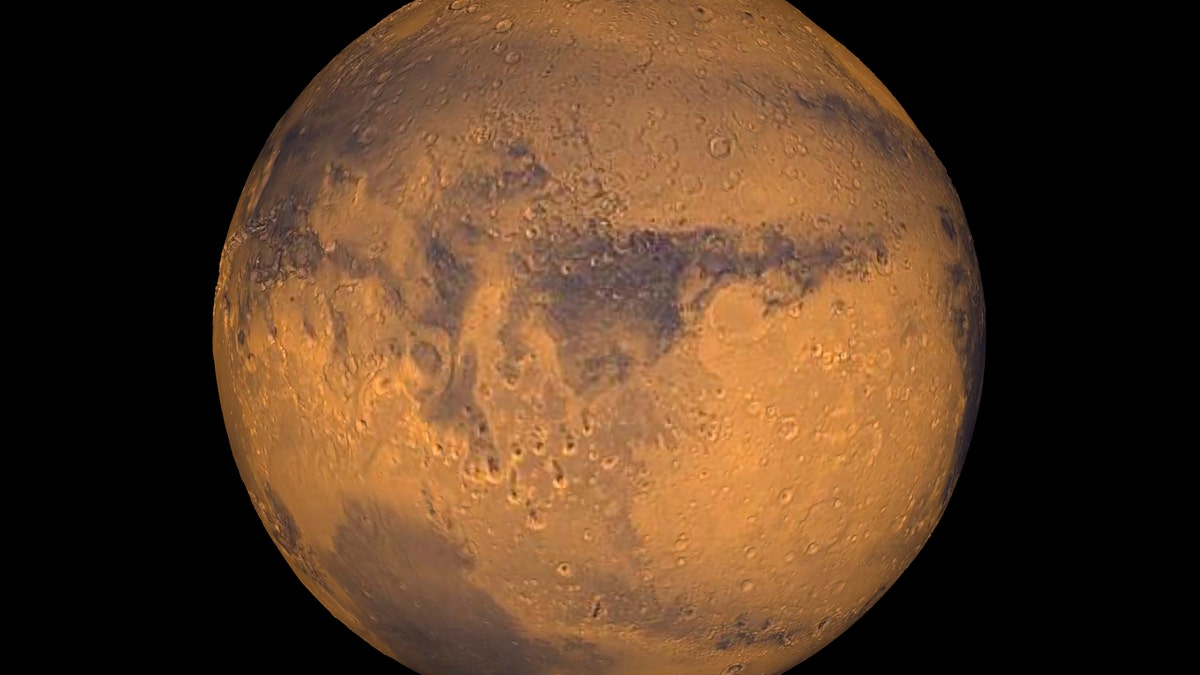Mars may have 'levitating sand'
{{#rendered}} {{/rendered}}
File photo: The planet Mars showing showing Terra Meridiani is seen in an undated NASA image. NASA will announce a major science finding from the agency?s ongoing exploration of Mars during a news briefing September 28 in Washington. (REUTERS/NASA/Greg Shirah)
Mars’ sand can walk on water.
During summers on Mars, the combination of warm temperatures, deposits of ice and the planet’s thin atmosphere could be causing sand to levitate.
Mars can get as hot as 70 degrees Fahrenheit in the summer which melts some of the planet’s ice deposits. But Mars’ atmosphere, which has just one-hundredth of the pressure of Earth’s, doesn’t let surface water last long before boiling it up.
{{#rendered}} {{/rendered}}These small pockets of water vapor can lift up sediments and send them floating across the ground – as if they’re levitating – according to a new study that recreated Mars’ conditions in a laboratory. The results were recently published in Nature Communications.
“We saw in our experiments that wet sand pellets were somewhat ‘floating’ over the sediment,” Jan Raack, one of the authors of the study, told New Scientist.
But if floating sand is a real thing, it probably only occurs in a few areas, it at all. Bruce Jakosky, another scientist who was not involved in this study, said he wasn’t sure if there’s any place on Mars that has enough water to make the sand levitate.
{{#rendered}} {{/rendered}}Unfortunately, it’ll be a while – if ever – before scientists can confirm whether or not this phenomenon happens. The handful of satellites that orbit Mars don’t have a high enough resolution to take such detailed photos and the Mars rovers avoid spots that might have water for fear of contamination.
This story originally appeared in the New York Post.
